
+86-13566758039

Industry News
Understanding How Thermos Size Affects Heat Retention
When evaluating thermal performance across different product offerings from a Hot And Cold Thermos Exporter, one common question arises: does the capacity of the thermos influence its ability to maintain temperature over time? The answer lies in the principles of heat transfer and structural design. Larger thermos models, due to their increased internal volume, often demonstrate better insulation efficiency than their smaller counterparts, but the full picture depends on several interrelated factors.
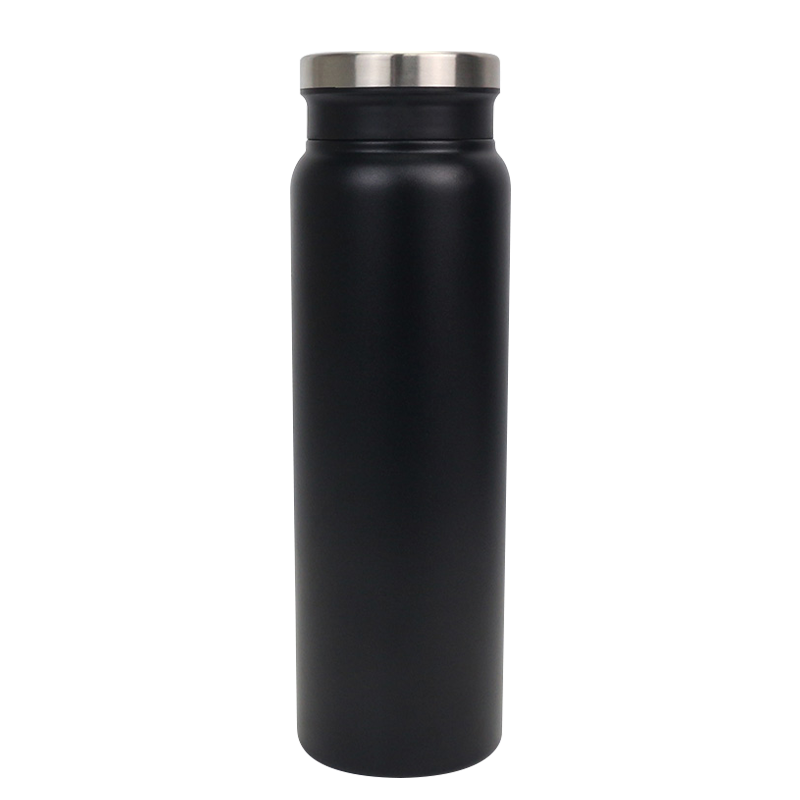
The Science Behind Thermal Retention
Thermos bottles work by creating a vacuum layer between the inner and outer walls, reducing the three modes of heat transfer: conduction, convection, and radiation. Larger thermoses generally hold a greater mass of liquid, which changes temperature more slowly due to thermal inertia. This means the contents in a 1.5-liter thermos will likely stay hot or cold longer than those in a 350ml version, assuming both use identical insulation materials and construction. However, this advantage is only meaningful if the lid, seal, and bottle walls are equally well-engineered.
Surface Area-to-Volume Ratio Matters
An important concept in thermodynamics is the surface area-to-volume ratio. Smaller thermoses have a higher ratio, meaning more surface area is exposed relative to the volume of liquid inside. This increases the opportunity for heat exchange with the environment. Conversely, larger containers have a lower ratio, which generally helps decrease heat loss or gain. For exporters producing a wide range of thermos sizes, understanding this ratio is essential in designing models that balance portability with thermal efficiency.
Lid Design and Its Impact on All Sizes
Whether a thermos holds 300ml or 1.2 liters, the design of the lid plays a significant role in temperature retention. Heat can escape quickly through the top if the sealing mechanism is poorly designed. A reputable Hot And Cold Thermos Exporter will often use identical lid technology across its product line, ensuring that even the smaller bottles benefit from advanced sealing and insulation techniques. This reduces discrepancies in performance that might otherwise arise due to size differences.
Material Choices Across Sizes
While many thermoses are constructed using stainless steel for the inner and outer chambers, the thickness of the vacuum wall and quality of insulation foam (if present) may vary slightly by model or capacity. In high-volume export lines, maintaining consistent material quality across all sizes is critical to ensure uniform performance. Budget models may sometimes compromise on wall thickness in smaller versions, causing faster heat loss. Reputable exporters prioritize uniform standards across their full range to avoid such pitfalls.
Use Case and Real-World Performance
It's also important to consider how the thermos is used. A small-capacity thermos is typically opened more frequently—sipping coffee throughout the morning, for example—causing more rapid temperature loss through repeated lid openings. In contrast, a large thermos used for storing a bulk quantity of soup or tea may remain sealed for hours, thus preserving heat longer simply due to limited exposure. This behavioral aspect contributes to the perception that larger thermoses retain temperature better.
Portability Versus Performance
Smaller thermoses may not retain heat as long, but they offer enhanced portability and convenience. Many consumers accept a slight trade-off in thermal performance for the ease of carrying a compact, lightweight product. Exporters who cater to diverse market demands must provide a balanced range—smaller models for commuting or school use, and larger ones for family travel, outdoor activities, or office settings—each designed to perform suitably within its usage context.
Conclusion
The thermal performance of different-sized models from a Hot And Cold Thermos Exporter can indeed vary, primarily due to physical principles like thermal mass and surface area. However, when manufactured with consistent materials and well-designed lids, the performance gap can be reduced. Understanding these subtle differences allows consumers to select the model for their needs, while also enabling exporters to market each product with clear and honest performance expectations.
Your email address will not be published. Required fields are marked *
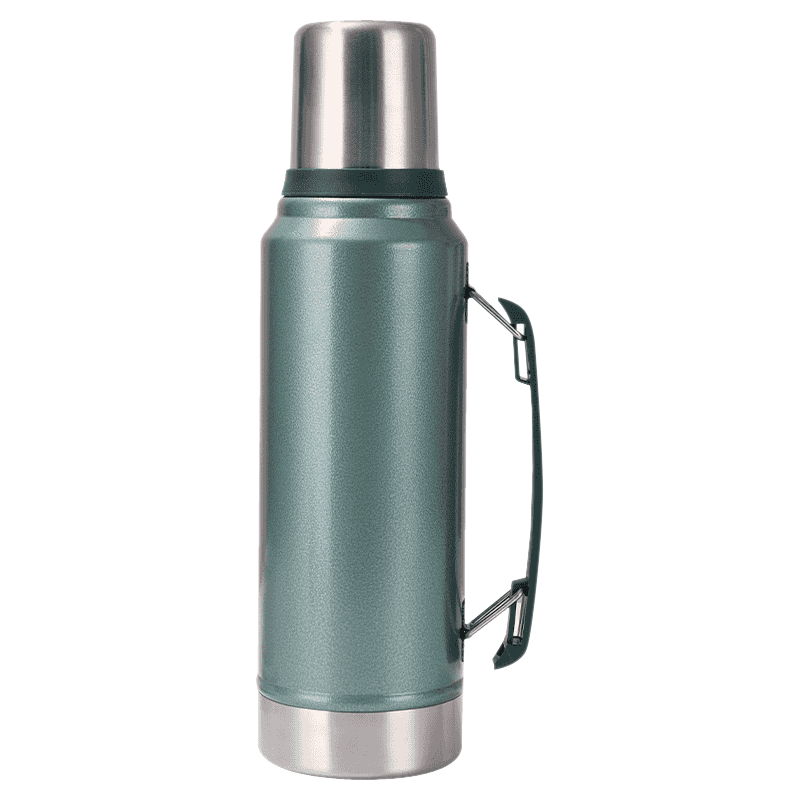

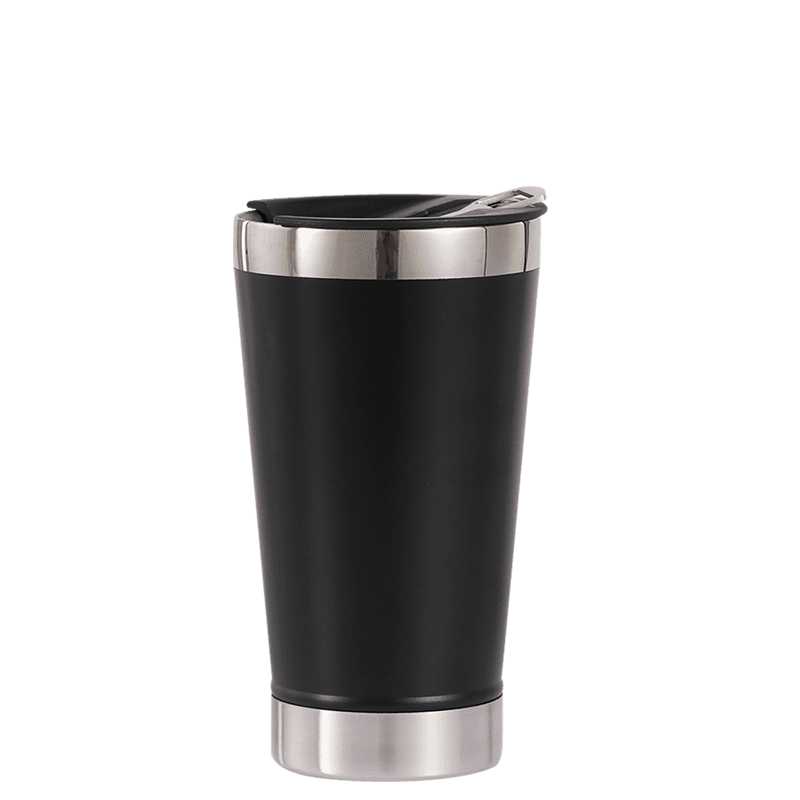

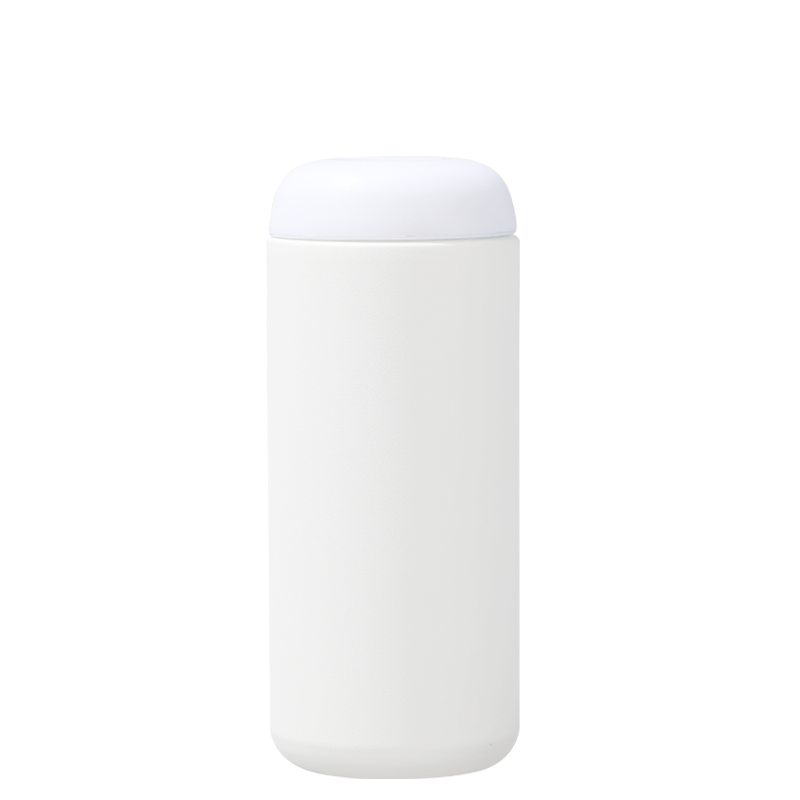
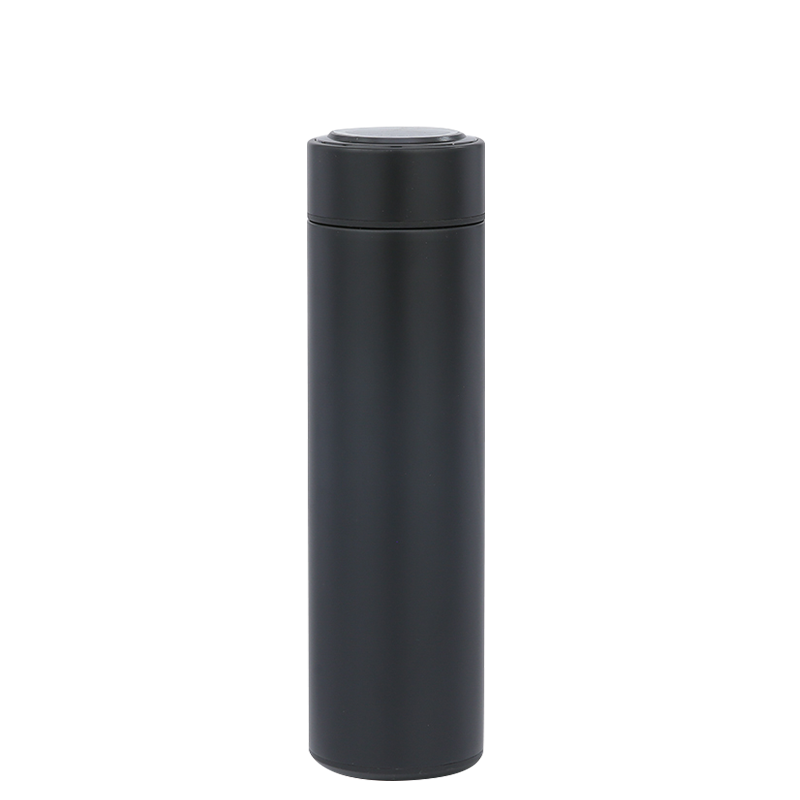


* Your email is safe with us, we don't spam.


Our company's products include vacuum flasks, beer mugs, coffee mugs, car tumbler, fire stove and tensile parts, etc.
Phone: +86-13566758039
Tel: +86-0579-87171178
Fax: +86-0579-87171178
E-mail: [email protected]
Add: No.29, Qiaodong Road, Qiaotouzhou Village, Longshan Town, Yongkang, Jinhua, Zhejiang, China.

 English
English 中文简体
中文简体 日本語
日本語 Français
Français Español
Español